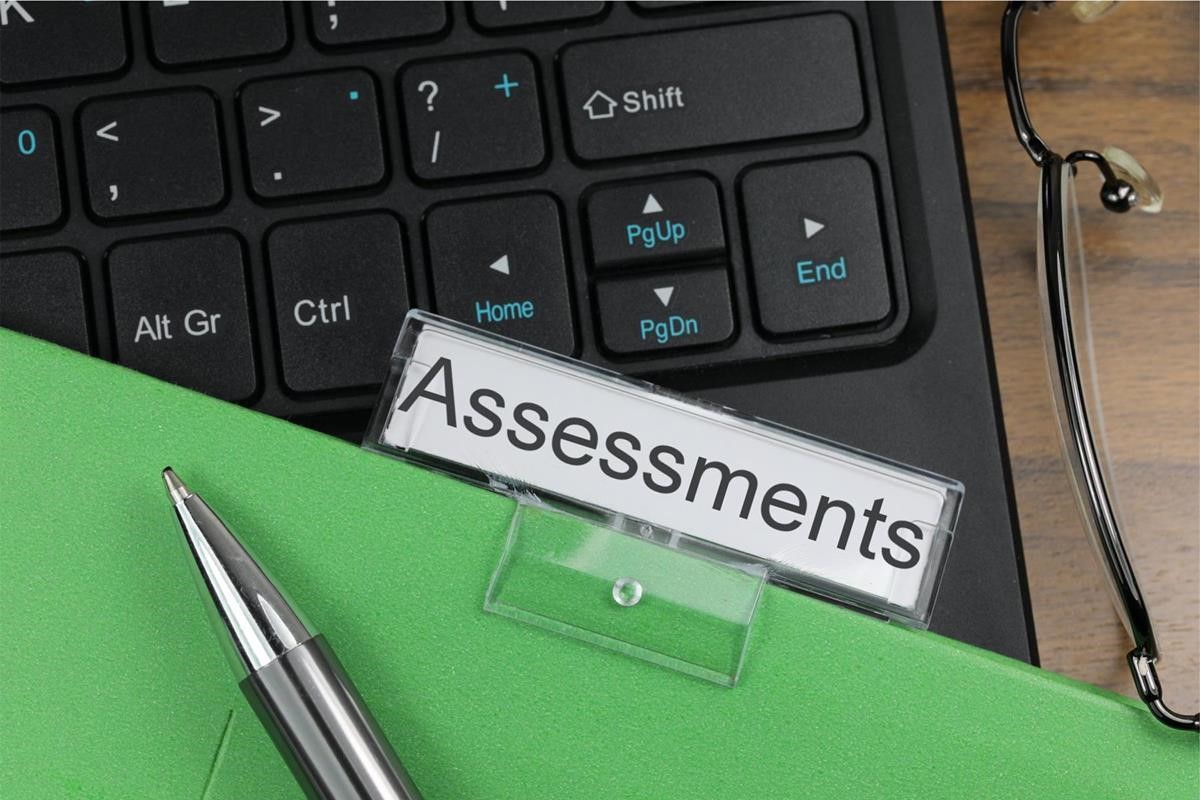Top Features of Competency Based Assessments you must know
- By admin
- No Comments
03 Jun

Introduction
Competencies are everything in a workplace. They define how effective employees are and how valuable they turn out to be for their organization. An employee’s competencies define how suitable they are for their role and what kind of interventions need to be made to help the employee upskill or reskill.
Competency evaluation is a set of processes created towards determining the competencies of an employee and matching them to the required competencies to do a job right.
Competency evaluation can be the base for performance appraisals, planning training, and learning sessions, and considering interventions like role change, promotions, and job rotations. Whether employees like it or not, they will know that their performance, skills, and attitudes are regularly being evaluated and assessed by the organization. In many cases, problems arise when such evaluation methods lack fairness or fail to set the right expectations.
With a competency-based assessment, employees will understand how they are assessed and get an opportunity to learn and grow from the assessment reports and improve their competencies with time. This undeniably benefits them in career progression.
Learn how PossibleWorks can help you
Benefits of competency-based assessments for organizations
Creating a competency evaluation program is not an easy task. It requires considerable effort from the organization. Why should organizations make such efforts and create a competency evaluation setup in place? Here are some of the benefits of competency-based assessments for the organization that makes the efforts worth it. Do also check our latest blog on initiating competency-based performance reviews here.
- Take the right recruitment decisions – According to recent research, an organization spends anywhere from ₹ 25,500 to ₹ 51,000 to hire a new employee. This number varies with the industry though. So, it is important that organizations make the right recruitment decision. Having a competency assessment plan in place will tell the organization the exact right skills to be looking for in the potential hire.
- Identify developmental needs in-house – Going by the phrase, ‘the only thing that is constant is change itself,’ organizations need to help their employees constantly develop their skills and improve their competencies. Therefore, one of the beneficial features of competency-based assessment is its ability to identify developmental needs within the workplace and encourage employees to move up their skill ladder.
- Identify top performers – A competency evaluation program will help organizations to easily identify top performers in each team. These performers can be groomed further, making them significant assets for the future.
- Create a data-driven performance appraisal process – If you thought your appraisal processes lacked the right backing before, then this is one of the top benefits of competency-based assessment for your team. You get a solid platform to stand on for every future appraisal you do. Identifying the competency gaps will also help the management offer meaningful insights into what the employees need to do to improve their appraisal scores.
- Improving employee engagement and satisfaction levels – Employees like organizations that make the effort to help them grow. The characteristics of competency evaluation processes are designed around overall improvement, which will help improve employee satisfaction and engagement levels. Here is our favorite blog on employee engagement for you to read next.
Top 7 features of competency-based assessments
Competency-based assessments need to be specific, actionable, and well-planned for them to work well. Here are some of the top features of competency-based assessment that you should be aware of.
- Defined roles – This is probably something you should have ready before introducing competency evaluation to your employees. As a team, the management should spend time listing down each role, defining it, and mapping competencies to the role. This is the foundation on which the evaluation process will be based on. Well-defined roles make it easy to manage expectations and provide the right standards for comparison.
- The right training about self-assessment processes – The results of a self-assessment questionnaire or report plays an important role in identifying competency gaps. After spending considerable money and time designing an effective questionnaire, the desired results are lost if you find that your employees are not taking it seriously because they have not understood it. So, train your employees about using the self-assessment forms right and ensure they know what is expected of them. Talk about the importance of unbiased ratings in these self-assessment tools.
- Outcome-based competency evaluation tool – One of the features of competency based assessments that produce great results is ensuring the process is outcome-based. What is the result that you aim to achieve with the evaluation process? Make sure you design the process keeping the outcome in mind.
- Flexible and adaptable competency evaluation process – Let’s say you hire an expert and spend months together, creating a competency evaluation process that is effective, intensive, and perfectly designed for your workplace. What happens after you revamp the hierarchy after a while? Roles may get combined together or eliminated from the job list. So, what happens to your competency evaluation process now? You shouldn’t be required to create a new process end-to-end. So, make sure the process you pick is flexible and adaptable to changes in requirements and scenarios.
- Making learning and development a constant goal of competency evaluation – Whatever the other required results of your competency evaluation process are, learning and development should be one of them. One of the key reasons why an organization should evaluate its employees is to give them the right scope of learning and development. The competency gaps need to be identified, so an employee will know what is missing and proceed to upskill or reskill to fill the gaps.
- Appropriate interventions – Another of the key features of a competency based assessment is appropriate interventions designed around the process. Interventions include feedback, mentoring and monitoring sessions, and activities and tasks designed around growth and learning. These interventions of competency evaluations need to be 360 degrees inclined and a regular part of the evaluation process from beginning to end. Such interventions help employees to know if they are on the right route or need to change their strategies. Feedback needs to flow both ways, and such interventions will also help gather recommendations from employees and make changes to the process with time.
- The right competency-based assessment tool/software – This is a game-changer in this list of features of a competency based assessment. An assessment software that is built exclusively for this process will help automate most of these processes, ensuring competencies are mapped right and compared perfectly for each of the job roles. Such software tools also give exceptional insights into employee competency data that you can use for other assessments and decision-making. Brands like PossibleWorks come with hands-on working knowledge in this industry, and our tools are tailor-made for the specific requirements of clients. Did you know that you can request for a demo to check all the product offerings we have?
Conclusion
There are many biases and human errors that an assessor makes while manually assessing employees at the workplace, without the help of a well-defined competency evaluation tool. Some of these errors (mentioned below) happen so naturally that the assessment process is mostly complete before they are even identified.
- Recency bias – Assessing an employee based on only the recent performances and behavior.
- Hallow effect – Assessing an employee based on just one or two of their competencies or behavior.
- Comparison errors – These happen when employees are compared against one another and assessed instead of actually comparing their competencies with that of the requirements.
- Partiality errors – Employees close to the assessor may be evaluated more favorably than those who are not.
The characteristics of competency evaluation, as a norm, help avoid all these errors and make the assessment fair, impartial, and data-driven. If you already have an assessment process in place, check how effective it is in terms of helping employees learn and grow from the process.
Any evaluation process which does not add more value except assessment is not worthy enough. A competency evaluation process, when designed right, will consistently help your employees grow and learn and up-skill themselves, ensuring their competencies match the latest job requirements. There are many benefits of competency evaluation processes, and your organization and employees will be able to enjoy all these benefits as long as you design the process right.
If you are looking to create an effective, customized, and game-changing competency evaluation process for your organization, let us know. Our experts will get back to you with a game plan.
Are you using the right technology for your Recognition programs?



